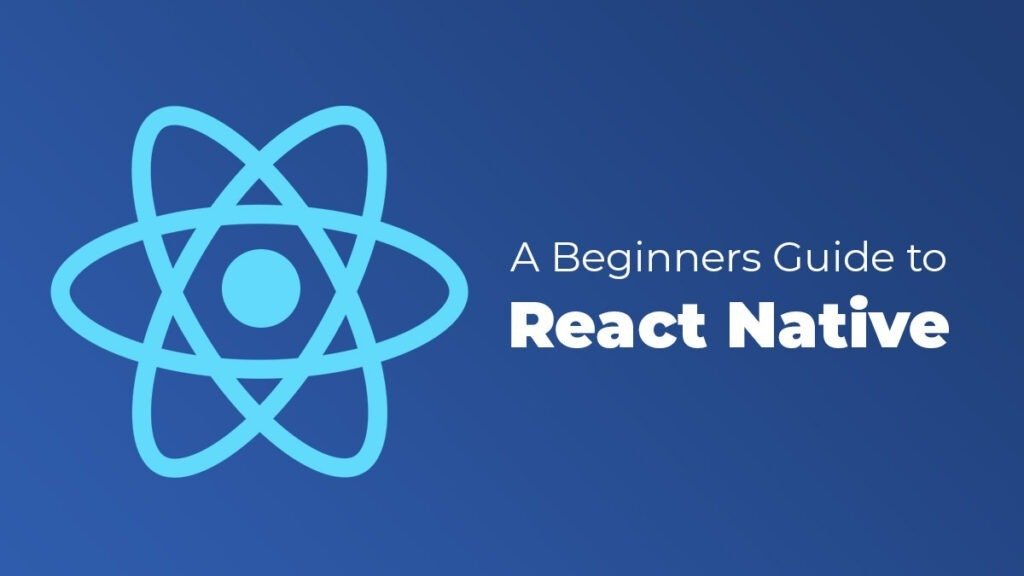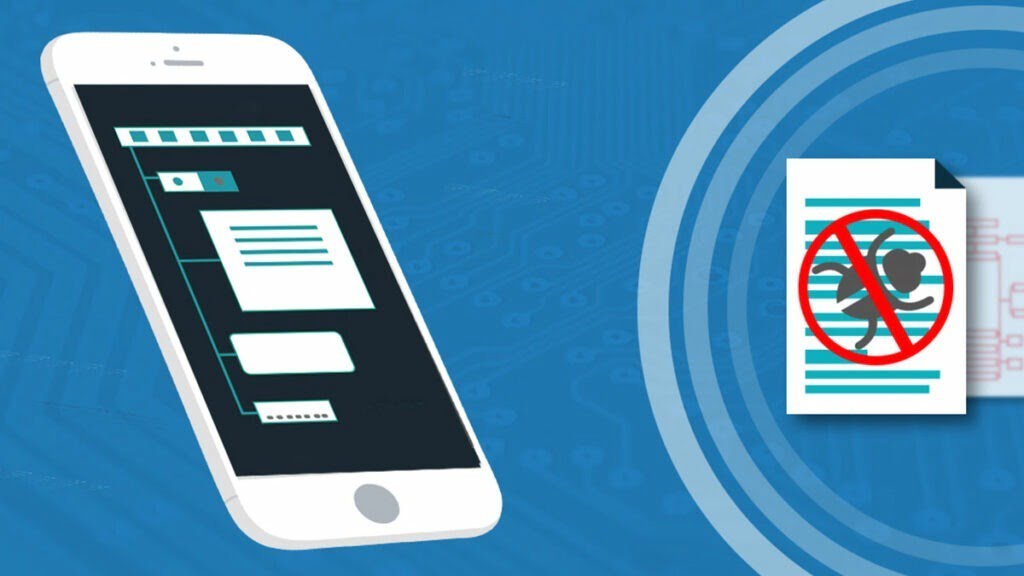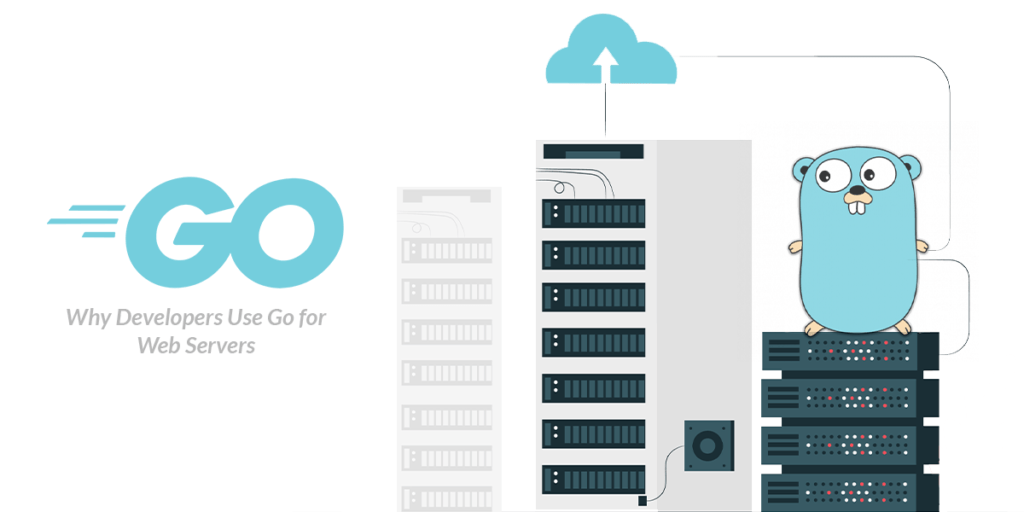Top 22 Development Technologies for 2022

Developers are always looking for ways to increase their efficiency and improve their applications. Development technologies help developers accomplish these goals by streamlining multiple processes and making it easier to create dynamic applications across all major operating systems. When it comes to the top app and web technologies, 2022 is the best year yet. This guide provides an overview of app and web development technologies that can help you increase productivity without compromising the quality of your finished product.
Here are our picks for the top development technologies for 2022.
Click the name to jump to that section!
1. Javascript
JavaScript is the most widely used programming language in the world. Unlike CSS and HTML, which are used to establish the structure and style of webpages, JavaScript is used to create interactive elements. These interactive pages are much more engaging than static pages, making JavaScript extremely useful for any company that wants to encourage users to interact with its online resources. With JavaScript, a developer can add dropdown menus, allow users to zoom into see small images, display countdown timers/animations, and allow users to view more information by clicking on a button.
2. Python
Python is an object-oriented programming language with a variety of uses. It’s often used for Rapid Application Development, a development model that de-emphasizes planning and focuses on using adaptive processes to create software and websites. As a high-level language, it’s fairly easy to learn if you have programming experience and is a favorite for data scientists to write their data analysis scripts. It’s also an open-source language, meaning it’s affordable and has an extensive amount of documentation available to help developers solve problems. As an added bonus, Python is easier to use than many other programming languages, making it a real time saver.
3. ReactJS
ReactJS is a JavaScript library used to create stunning user interfaces for dynamic web applications. A key advantage of using this technology is that it produces pieces of HTML code that can be used over and over again, eliminating the need to write new code for the same functions. ReactJS also uses the Virtual DOM, eliminating the performance issues that can occur when a developer writes directly to a web browser’s DOM.
4. Node.js
Node.js is an open-source server environment that runs on multiple operating systems. Many developers use Node.js instead of ASP or PHP because Node.js handles file requests faster than the other two technologies. For example, when PHP receives a file request, it has to wait until the computer opens and reads the file. Then it returns the requested content to the client and prepares to handle the next request. In contrast, Node.js is ready to handle the next request as soon as it sends the first request to the computer’s file system. Node.js is typically used to collect data from forms, access files on a server, and add, edit or delete the data in a database.
5. React Native w/ Typescript
Reactive Native allows app developers to build on their JavaScript knowledge without compromising the user’s experience, making it one of the top app technologies 2022 for cross-platform development. One major advantage of this technology is that it translates the developer’s markup to native UI elements. Other technologies render with webviews, which means they need to mimic the host platform’s UI elements instead of accessing them directly, making animations appear a little different from what the developer intended. Because Reactive Native translates markup to native UI elements, there’s no need to mimic those elements, ensuring that animations render flawlessly. Developers typically use React Native with TypeScript, a language that builds on JavaScript.
6. C#
C# is an object-oriented language that has a wide range of uses in application development. It’s a popular option for developers who already have experience using Java, as the two languages use similar syntaxes. Because C# is so popular, many developers use it to prevent compatibility issues when creating applications for multiple platforms. It’s also one of the most common app development technologies in gaming because it’s used in Unity. Developers report that C# is scalable, easy to learn, and makes it possible to code faster, making it one of the top programming languages.
What new technology does is create new opportunities to do a job that customers want done.
– Tim O’Reilly, founder of O’Reilly Media
7. PHP
PHP is a server scripting language used to make dynamic web pages. The server-side language is easy to use and has a large base of users, meaning it’s easy to get support from other developers. It was also developed nearly 30 years ago, making it highly stable and versatile. Developers have access to many PHP-compatible frameworks, making PHP a good choice when working with legacy systems. Some developers prefer to adopt new technologies when released, but custom PHP development has a loyal following due to its ease of use and high level of functionality.
8. Golang
The Go Language was created by Google back in 2007 and has become a language known for being easy to learn. Really, anyone with a background in JavaScript, or C++ can understand it. Thanks to the syntax, it’s also easy to troubleshoot issues. Big companies like American Express, Dropbox, and Netflix all leverage Go in different ways. With built-in concurrency, a robust standard library, and a growing ecosystem of partners, communities, and tools, Go is poised for success for years to come.
9. MySQL
MySQL is a relational database management system that uses SQL statements to tell a server what to do with data. For example, MySQL can be used to access information in a database, restrict access to data based on user permissions or modify the data stored in a database. Developers connect their apps with databases to make each app more functional for users, giving MySQL an important role in app development.
10. Kotlin
Kotlin blends the features of a functional programming language with the features of an object-oriented programming language, producing a versatile alternative to Java. The platform is ideal for developing Android apps, as it supports anonymous functions, inline functions, and generics. Kotlin also makes it easy to work with code that was originally used in Java, eliminating the need to scrap older projects and start from scratch. Like many development technologies, Kotlin has several built-in features to prevent coding errors. For example, developers can use nullable types if they need to incorporate other programming languages.
11. Rust
Rust is a programming language that prioritizes the safety and integrity of large systems. It’s similar to C++, making it a good choice for developers who already have C++ knowledge and are looking for a way to save time without compromising on speed and performance. One possible drawback of using Rust is that it’s a newer language, so there aren’t as many libraries available as there are for languages that have been in use for decades. Inexperienced developers may also find it a bit tricky to use if they’ve never used C++ as it has a very steep learning curve.
12. Dart
Dart is an easy-to-learn programming language that is optimized to help developers create engaging, visually appealing user interfaces. Developers like using Dart because it allows them to make iterative changes to source code, making it easier to identify errors and correct them before launching. One of the biggest advantages of using Dart is that it’s highly stable and has plenty of documentation to help developers learn new functions. You can even try it for yourself.
13. ASP.NET Core
ASP.NET Core is a development framework that prioritizes speed and performance. When compared with the Java Servlet, .NET handles more than three times as many requests per second, preventing slowdowns that can frustrate users. Another advantage of using ASP.NET Core is that it’s possible to use more than one version on the same server. Apps developed with this framework can be used in Windows, Docker, MacOS, and Linux environments, making ASP.NET Core a flexible technology for developers with a wide range of needs.
14. Swift
Swift was created by Apple developers, so it’s one of the top app technologies 2022 for developing applications for iPhone, iPad, Apple TV, Apple Watch, and the Mac OS. Developers aimed to make the interface as intuitive as possible, making Swift a good choice for inexperienced coders who want to experiment with app development or build their portfolios. What sets Swift apart from other app development technologies is how well it optimizes performance without compromising safety. The app has several built-in features to help developers avoid serious coding mistakes, making apps developed with Swift much safer than apps developed in other environments.
15. WebAssembly
WebAssembly represents one of the top choices for operations within modern web browsers. It’s not a replacement for Javascript by any means and works great alongside it, though the entire code base can be done in WebAssembly. Many high level languages have transpilers to convert the code written in a high level language to WebAssembly. So you can write high performance code for Web in your favorite language and then compile it to WebAssebly to be used along with Javascript.
Once a new technology rolls over you, if you’re not part of the steamroller, you’re part of the road.
– Stewart Brand, American Writer
16. Objective-C
Though some seem to think that Objective-C is a dead language, it really isn’t. And although Objective-C is a simple programming language, it allows developers to create complex apps for iOS and OS X. One of the main advantages of Objective-C is its reliability. The language has been tested extensively, giving developers the peace of mind that comes from knowing they’re working with a trusted technology. Objective-C also offers improved stability, making it the programming language of choice for many experienced developers.
17. Flutter
Flutter is Google’s open-source framework for developing mobile, web, and desktop applications. Using this framework makes it possible to improve performance, as it can compile to JavaScript or machine code, making it extremely flexible. The Hot Reload feature makes it easy for developers to see how code updates will affect how an app looks and functions, enabling them to use iterative development processes. With Flutter, developers have total control over their creations, making this framework one of the top app technologies for 2022.
18. Xamarin
Xamarin is an open-source platform used with the .NET framework. One of the major benefits of this platform is that it can be used to create both iOS and Android apps, making it a versatile tool for developers. It’s also useful for creating apps for the Apple Watch and Apple TV. Due to its cross-platform compatibility, Xamarin easily accommodates OS-specific differences in setting up menus, navigating an application’s features, and displaying data to users, making it a good choice for developers dedicated to delivering an excellent user experience.
19. Unity
The Unity development platform is used to develop 2D and 3D games. Developers enjoy using the platform because it makes it much easier to collaborate with artists and UI designers on new projects. One of the biggest advantages of using Unity is that it comes standard with many tools needed to create dynamic games. Instead of having to exit the Unity Editor and look for other tools, developers and creative professionals can stay within the Unity environment, saving time and keeping the creative process running smoothly. Unity even maintains a catalog of free and paid tools to help developers save time when developing new games.
20. Blazor
Web applications developed with Blazor are made up of reusable components created in HTML, C# and CSS, making it a good option if you prefer C# over JavaScript. An advantage of using Blazor to develop web applications is that it makes it possible to run an app in any browser without having to use plugins. Blazor is also ideal for developers who already use C# and want to use their existing skills instead of having to learn something new. With Blazor, it’s even possible to make apps that work offline, allowing developers to better meet the needs of app users.
21. Firebase
Firebase is a platform used to create mobile applications. Once you build an app, you can continue using Firebase to refine it and ensure that it meets each user’s needs. One of the key advantages of using Firebase is that it has many functions that you would normally have to create yourself. When using Firebase, you can focus on app development instead of building these functions from scratch. The major components of Firebase are owned by Google, which means they’re always being assessed and improved.
22. .Net Maui
.NET MAUI is an abbreviation for the .NET Multi-platform App UI. It’s a framework that allows developers to use Extensible Application Markup Language (XAML) and C# to create applications for Windows, iOS, and Android. .NET MAUI is one of the best development frameworks because it takes the APIs for three separate operating systems and unifies them into a single API, allowing developers to write their code once and run it on multiple platforms. A major advantage of working with .NET MAUI is that it unifies several libraries, making it easier to work with device sensors, contacts, and other device capabilities.
#codinglife
When it comes to developing mobile apps, games, and web applications, the top development technologies of 2022 make it easier to engage users and keep them coming back for more. Whether you’re just learning how to code or have been coding since you were a kid, these technologies can help you improve your skills and build your portfolio.
Check out this report from Stack Overflow that shows the 10 technologies most used by developers in 2021. See the full report here.




